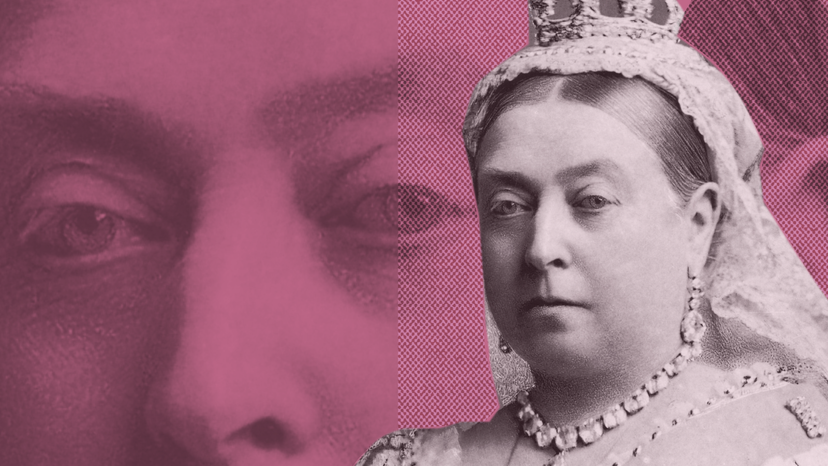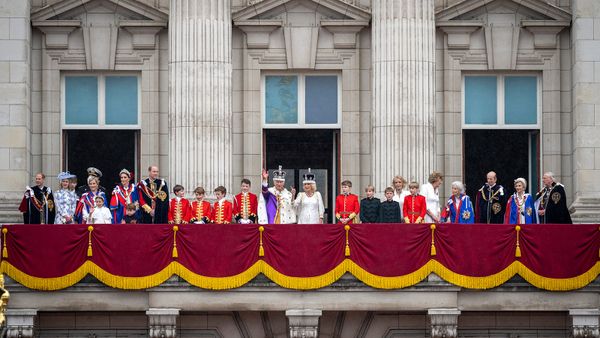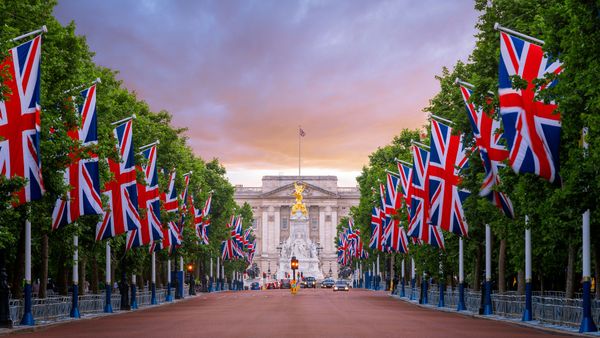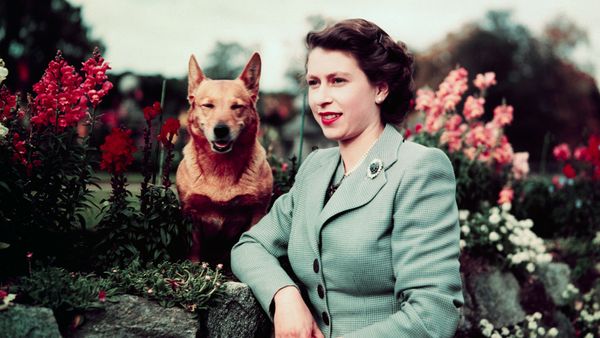
She's the monarch associated with Britain's great age of industrial and economic progress, and mountains, lakes, roads and cities all over the world are named for her. But Queen Victoria was a complex character, and neither her path to royalty nor her reign itself were simple or straightforward.
Born May 24, 1819, Victoria became the Queen of the United Kingdom of Great Britain and Ireland at just 18 years old and she went on to rule for 63 years. The British Empire expanded under her rule and she took the title of Empress of India in 1877. And while you may be well aware of her unprecedented rule and her marriage to Prince Albert, you may not know what truly made Victoria tick. Here are 10 facts about the "Grandmother of Europe."
Advertisement


